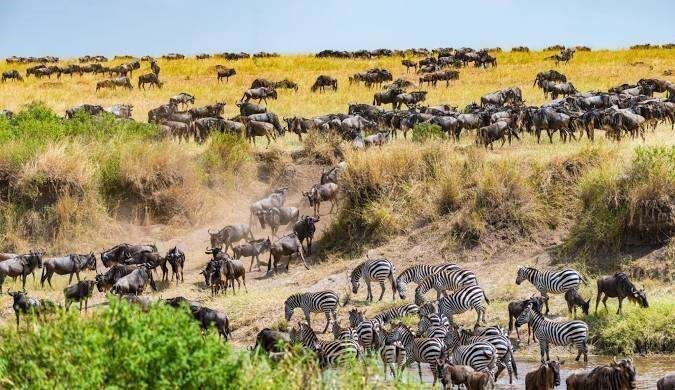
The Great Wildebeest Migration is one of nature’s most spectacular displays, taking place annually across the Serengeti in Tanzania and the Maasai Mara in Kenya. It involves millions of animals moving in search of water and fresh grazing lands, creating a dynamic and breathtaking natural phenomenon that draws tourists and scientists alike.
This migration is recognized as the largest terrestrial movement of animals on Earth, featuring over 1.5 million wildebeest accompanied by hundreds of thousands of zebras and antelopes. The vast herds traverse an area spanning 1,800 miles in a circular pattern, driven by instinct, rainfall, and the availability of grasslands. This journey not only sustains the animals but also rejuvenates the ecosystems they traverse by fertilizing the soil and trimming overgrown vegetation.
Rainfall plays a pivotal role in determining the migration’s timing and route. Animals instinctively follow the rains to access nutrient-rich pastures, moving from the southern Serengeti during the calving season to the lush greenery of the Maasai Mara during the dry months. This movement is a testament to the animals' remarkable ability to navigate and survive in harsh and changing environments.
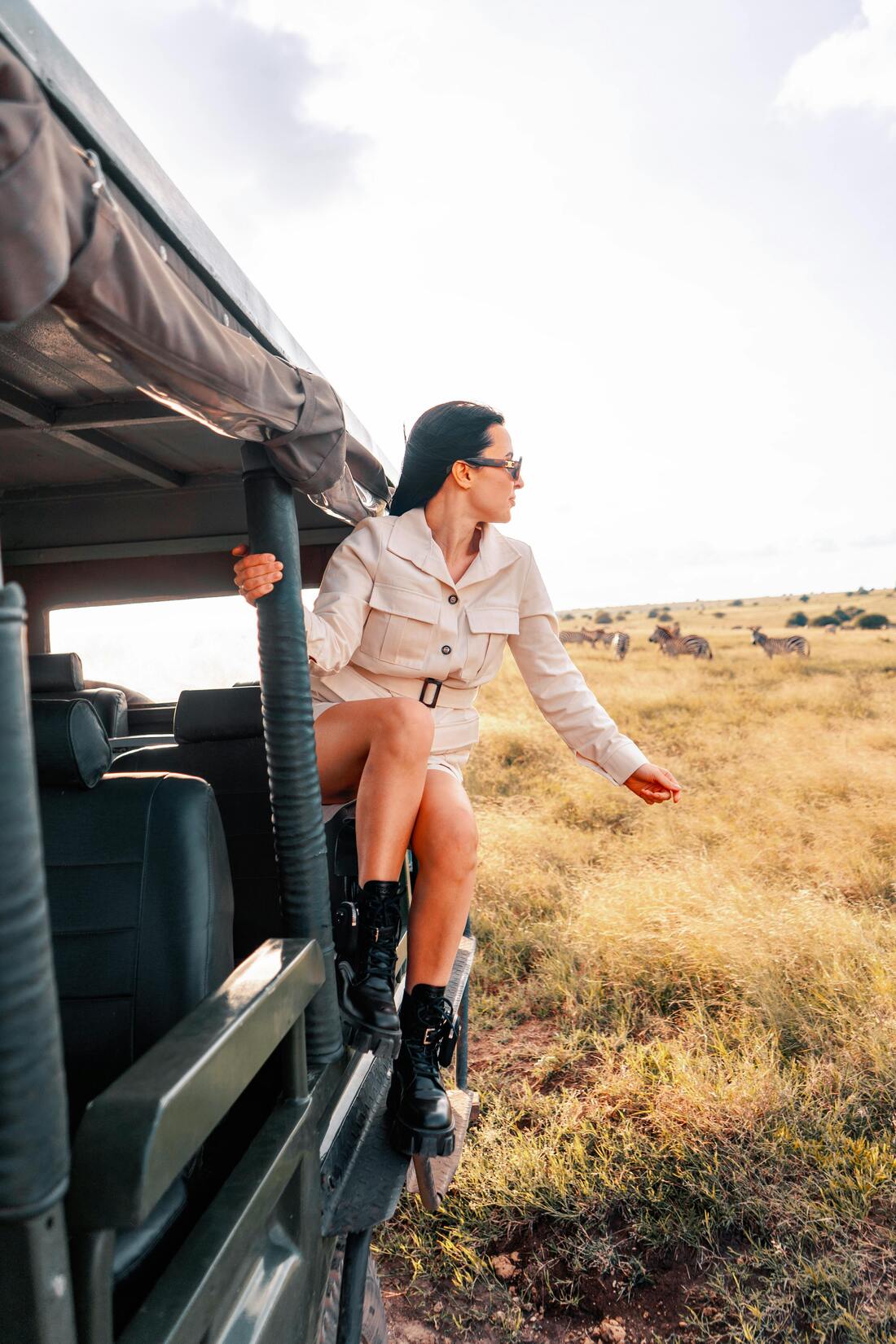
The river crossings of the Mara and Grumeti Rivers are iconic moments in the migration. These crossings, fraught with danger, see thousands of wildebeest plunging into crocodile-infested waters, creating scenes of chaos, drama, and survival. While many animals fall prey to predators or the current, the crossings also exemplify the collective courage of the herds.
Zebras play a unique role in the migration, often traveling alongside the wildebeest. Their relationship is symbiotic, as zebras' ability to graze on tall grass clears the way for wildebeest to access the shorter, nutrient-dense grasses. Zebras also rely on wildebeest for their sense of smell to locate water, while wildebeest depend on zebras for their superior eyesight to detect predators.
The migration begins in the southern Serengeti, marked by the calving season from January to March. This period sees the birth of nearly half a million wildebeest calves over just a few weeks. Predators such as lions and cheetahs exploit this abundance, creating a dramatic and vital balance in the ecosystem. Despite the vulnerability of the newborns, the synchronized birthing overwhelms predators, ensuring that most of the calves survive.
This migration is not only crucial for the animals but also for the local communities and conservation efforts. It supports a delicate ecological balance and generates significant tourism revenue for both Tanzania and Kenya. Conservation organizations work tirelessly to protect the migration by addressing challenges like habitat loss, poaching, and climate change.
Tourism is deeply intertwined with the migration. Visitors from around the world come to witness this awe-inspiring event through game drives, hot air balloon safaris, and guided tours. River crossings, in particular, provide unforgettable moments for photographers and wildlife enthusiasts. The presence of predators like lions, leopards, and hyenas during these crossings adds an extra layer of excitement to the spectacle.
The Great Wildebeest Migration highlights the interconnectedness of life in the Serengeti-Mara ecosystem. Predators rely on the migration for sustenance, scavengers benefit from the leftovers, and the grasslands thrive due to the grazing herds. It is a finely tuned natural process where every element plays a critical role.
Understanding and protecting this migration is vital for the continued health of East Africa’s biodiversity. Conservation efforts aim to safeguard the migration routes and mitigate human-wildlife conflicts. Visitors are encouraged to support eco-friendly tourism practices to ensure this marvel remains intact for future generations.
The Great Wildebeest Migration is more than just a natural wonder; it is a symbol of resilience, cooperation, and survival. Witnessing this event is a transformative experience, offering a glimpse into the raw beauty and power of the natural world.

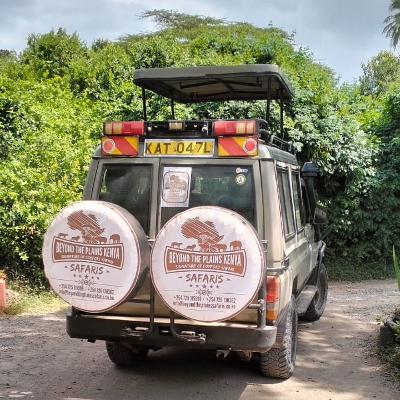
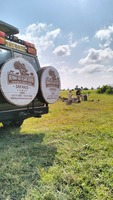

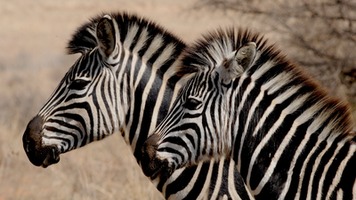
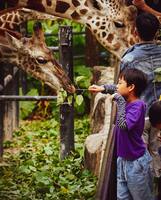
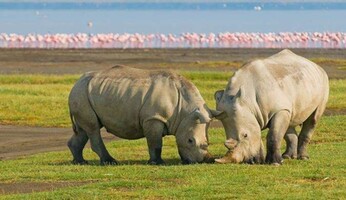
Leave Comment Below